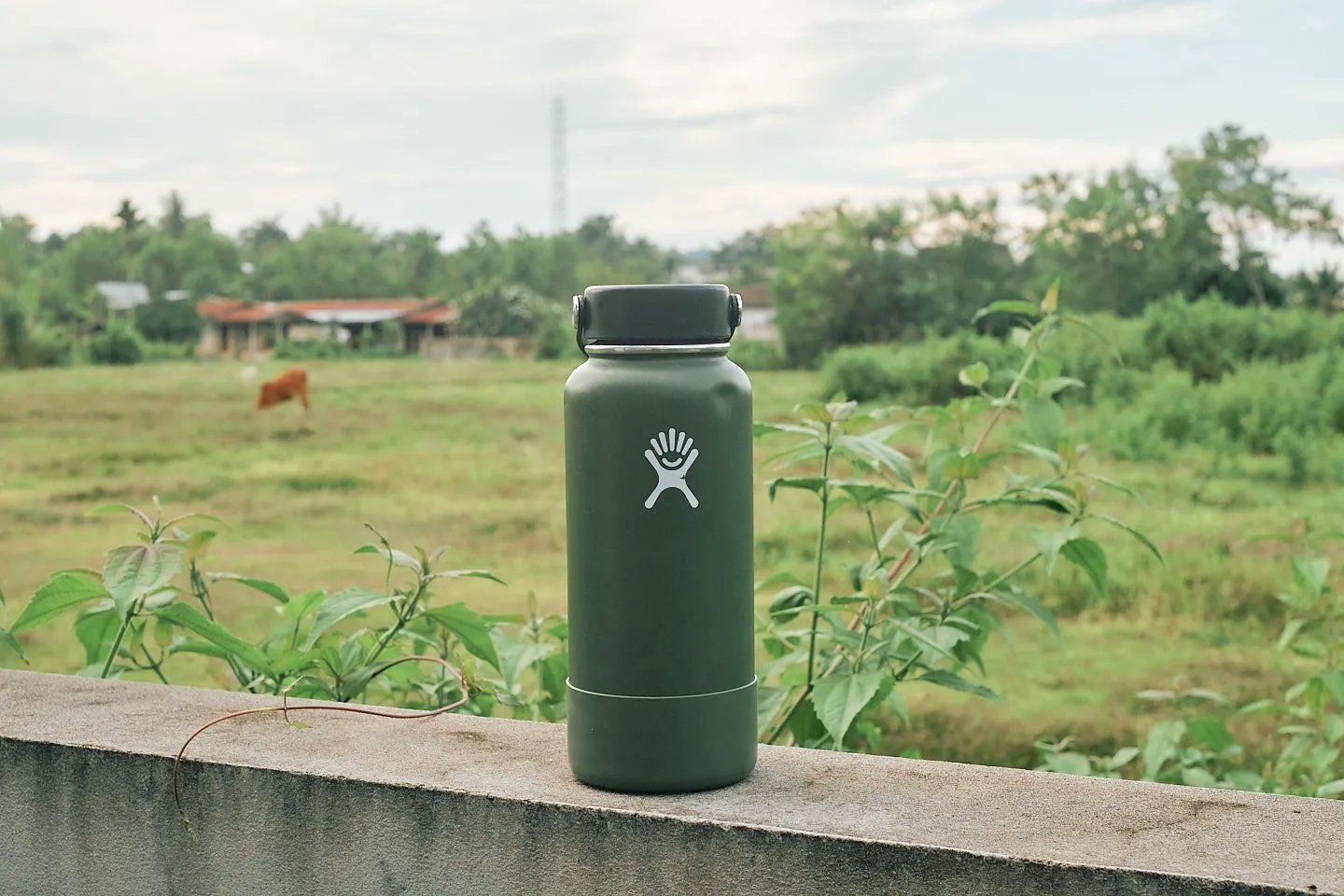A Hydro Flask, renowned for its durability, typically lasts around 5-12 years, depending on usage and maintenance. Its longevity is rooted in high-quality stainless steel construction and robust insulation technology. Regular care, including proper cleaning and avoiding extreme conditions, can significantly extend its lifespan.
Maintenance depends on numerous factors, which again, depend on the bottle you have chosen.
While minor dents and scratches are common and often superficial, maintaining the vacuum seal and cap integrity is crucial. As someone who has owned this item for a very long time, I will help you understand why proper maintenance is essential, and how to secure it.
Materials and Construction
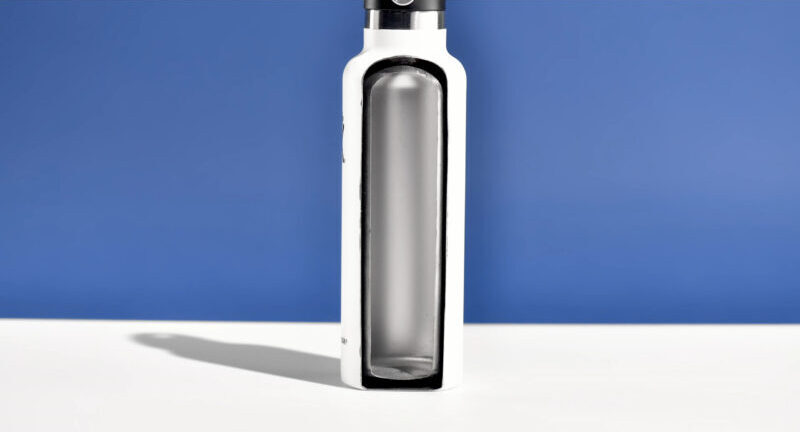
The durability of a Hydro Flask begins with its construction. Understanding the materials and manufacturing process sheds light on why these flasks are renowned for their longevity.
Quality of Materials
- Stainless Steel Properties: Hydro Flask uses high-quality, food-grade stainless steel. This material is not only resistant to rust and corrosion but also doesn’t retain or impart flavors. Its robustness contributes significantly to the flask’s overall durability.
- Coating and Insulation Effectiveness: The powder coating on the exterior of the flask provides additional durability, resisting scratches and peeling. The TempShield™ insulation, a signature feature of Hydro Flask, ensures beverages maintain their temperature for hours without affecting the flask’s outer temperature.
Engineering and Design
- Leak-Proof and Insulation Technology: The design of the Hydro Flask includes a leak-proof cap and vacuum insulation. This technology is crucial for maintaining temperature and preventing spills, factors that contribute to the product’s longevity.
- Influence of Design on Durability: The flask’s design, including its shape and the materials used in the cap and bottle, plays a vital role in its durability. It’s engineered to withstand daily use and the occasional drop, maintaining its functionality and appearance over time.
Usage and Maintenance
Proper usage and regular maintenance are pivotal in extending the lifespan of a Hydro Flask. These practices ensure that the flask remains in optimal condition, preserving its insulation properties and structural integrity.
Best Practices
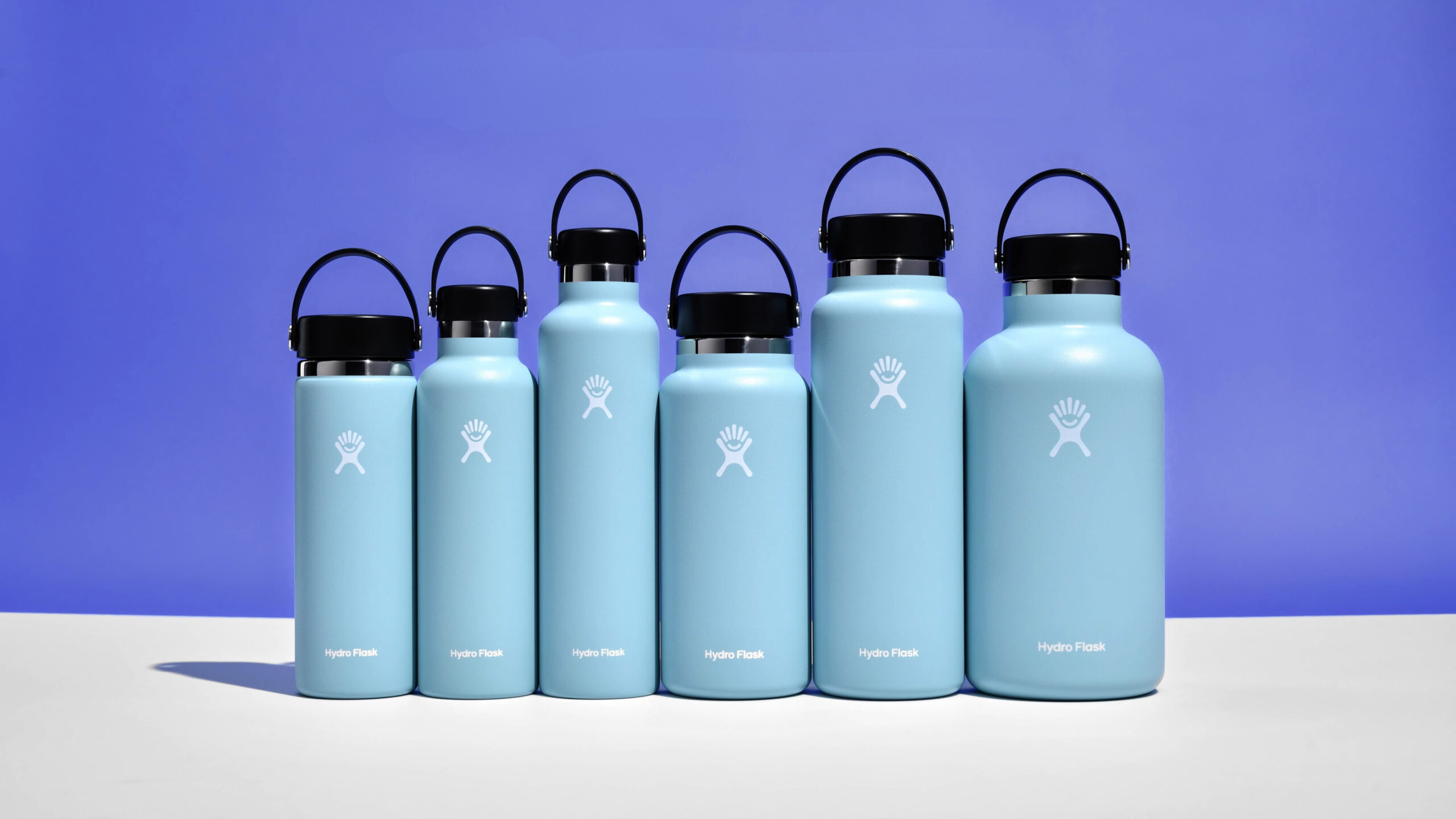
- Correct Handling and Storing: Handling the flask with care, avoiding harsh impacts, and storing it properly when not in use can significantly extend its life. This includes not over-tightening the cap and avoiding exposure to extreme temperatures when empty.
- Temperature Considerations for Contents: While Hydro Flasks are designed to handle hot and cold beverages, extremely hot liquids should be handled with care. Sudden temperature changes can affect the vacuum seal and insulation effectiveness.
Maintenance and Care Tips
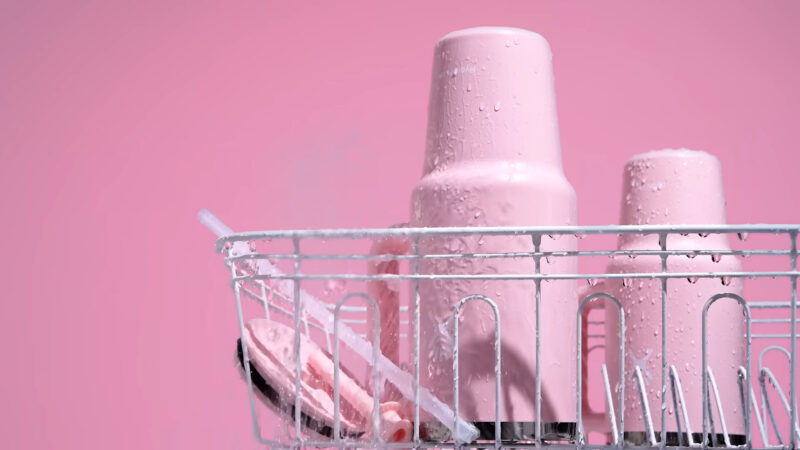
- Cleaning Methods and Frequency: Regular cleaning is essential. Using mild soap and warm water is recommended, avoiding harsh detergents and brushes that can damage the flask’s interior coating.
- Storing When Not in Use: Ensuring the flask is dry and stored with the cap off prevents odor and mold growth, maintaining the cleanliness and hygiene of the bottle.
- Protective Accessories: Using protective accessories like silicone boots or sleeves can help mitigate the impact of drops and provide additional insulation.
- Adjusting Usage According to Climate: In extremely cold environments, pre-warming the flask with hot water can enhance its ability to keep liquids warm. Similarly, in hot climates, pre-chilling the flask can keep drinks cold longer.
Common Issues and Solutions
Regular use of a Hydro Flask can lead to certain wear and tear issues. Understanding these common problems and how to address them is crucial for prolonging the life of the flask.
Wear and Tear
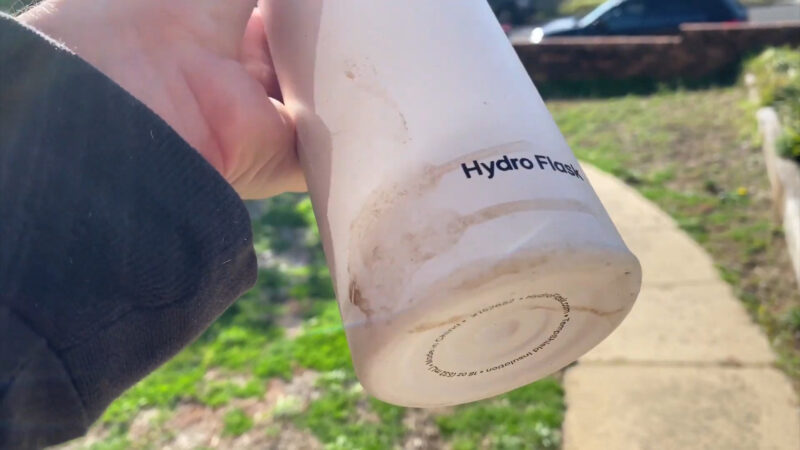
- Dents, Scratches, and Insulation Failure: Dents and scratches are common, especially for users who take their flasks on outdoor adventures. While these are mostly cosmetic, severe dents can affect the insulation. Insulation failure, although rare, can occur, usually signified by the outer surface becoming unusually hot or cold.
- Seal Integrity and Cap Issues: The seal in the cap can wear out over time, leading to leaks. Caps can also get damaged or lose their efficacy, impacting the flask’s ability to maintain temperature.
Moreover, the basic approach is to simply pay more attention to how you are using it all the time. For example, if you keep something other than water in it, and then don’t wash the bottle for days, it is expected that the whole cleaning process will become more demanding, along with risks like rust, denting, and more.
How to Repair it?
- At-Home Repair Tips: Minor dents and scratches can often be ignored as they don’t typically affect functionality. For insulation issues or significant dents, contacting Hydro Flask for a warranty claim is advisable.
- When to Replace Parts or the Entire Flask: If the cap loses its integrity or the seal is broken, replacing the cap is often sufficient. In cases where the flask’s body is severely damaged or the insulation is compromised, it may be necessary to replace the entire flask.
Other Potential Issues
- Sunlight, Heat, and Cold Exposure: Prolonged exposure to direct sunlight or extreme temperatures can affect the flask’s exterior coating and potentially its insulation. It’s advisable to keep the flask out of direct sunlight for extended periods.
- Physical Impacts and Drops: Drops and physical impacts can lead to dents and scratches. While the Hydro Flask is designed to be durable, extreme impacts can compromise its vacuum seal and insulation.
Is it Better Than Other Brands?
As one of the most popular in this category, it is clear that there are many reasons why customers are choosing it over other brands. Here are some of the main reasons.
- Feature Comparison: Hydro Flask typically offers superior insulation and durability compared to many other brands. Features like wide-mouth openings and various cap options also set it apart.
- Price-to-Durability Ratio: While it is often more expensive than some alternatives, the durability and performance often justify the higher price tag.
Here is a comparison with the main rivals on the market:
| Brand | Pros | Cons |
|---|---|---|
| CamelBak |
|
Not as durable as Hydro Flask or Yeti |
| Hydro Flask |
|
More Expensive |
| Yeti |
|
Some may find the smaller opening and hard handle strap less preferable |
| Thermos |
|
Potential for rust spots to appear |
FAQs
Can a Hydro Flask be used to store carbonated beverages?
Yes, Hydro Flasks are suitable for carbonated beverages. However, it’s important to open the flask slowly to release pressure and avoid spills.
Is it safe to put a Hydro Flask in the freezer?
It’s not recommended to put a Hydro Flask in the freezer. Extreme cold can damage the vacuum seal and insulation properties.
How does altitude affect the performance of a Hydro Flask?
At high altitudes, the pressure difference can make opening the flask harder and might slightly impact insulation efficiency. However, the overall performance remains reliable.
Can I store dairy products in my Hydro Flask?
Yes, you can store dairy products in a Hydro Flask, but it’s crucial to maintain proper hygiene and clean the flask thoroughly after use to prevent bacterial growth.
How do I remove odor from my Hydro Flask?
To remove odor, fill the flask with a mixture of baking soda and vinegar, let it sit for a few hours, then rinse thoroughly. This natural method is effective in neutralizing odors.
Are the paint and materials used on Hydro Flasks safe and non-toxic?
Yes, Hydro Flasks are made with non-toxic, BPA-free materials, and the paint used is food-grade and safe, ensuring no harmful chemicals leach into your beverages.
Conclusion
The longevity of a Hydro Flask is influenced by various factors such as material quality, design, usage habits, maintenance, and environmental conditions. Through proper care and handling, a Hydro Flask can provide many years of reliable service.
Related Posts:
- Hydro Flask Vs. ThermoFlask: Which is Better? A…
- How to Undent a Hydro Flask? Easy DIY Techniques
- How To Clean Hydro Flask? The Best Practices
- 9 Deserts in Africa: Pics, Maps, Interesting Facts & More
- Why Do Frogs Scream? Are these or Help or Something More?
- Why Do Otters Hold Hands? Learn More About This…


